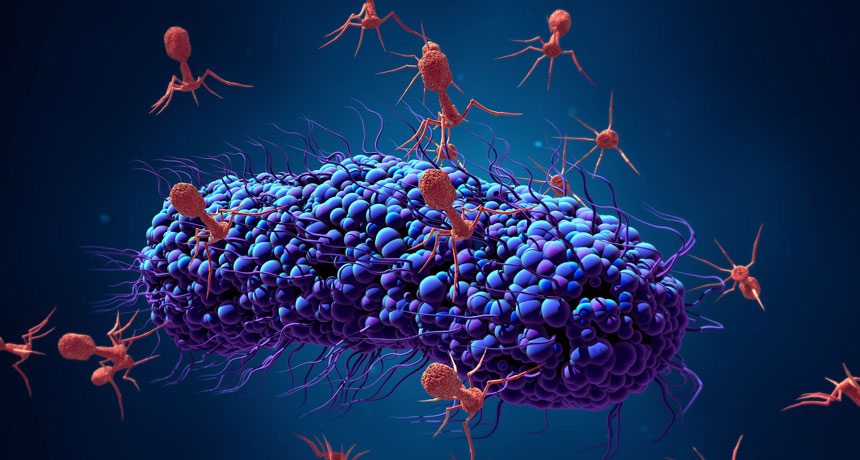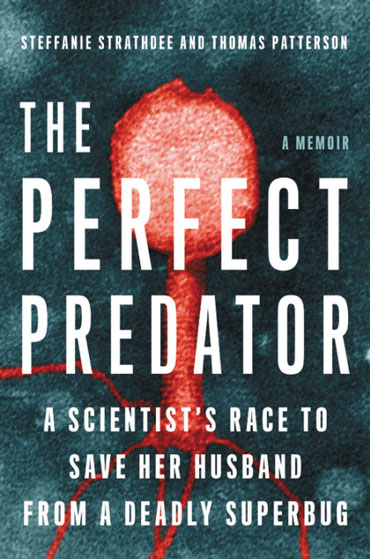In ‘The Perfect Predator,’ viruses vanquish a deadly superbug
A scientist recounts the battle to save her husband from an antibiotic-resistant infection

NATURAL ENEMIES To save a patient infected with antibiotic-resistant bacteria, doctors turned to bacteriophages, viruses that attack bacteria (as shown in this illustration).
Design_Cells/Shutterstock








